My personal solution
I managed to solve the problem, but I am unfamiliar with DevOps, CI/CD, GithHub actions, and Docker registries. Therefore, everything that follows should be treated cautiously.
Add a new step to the build jobs:
After the "GitHub to login packages" step in the .github/workflows/main.yml, add this step:
- name: Login to Docker registry
uses: docker/login-action@v2
with:
registry: docker.pkg.github.com
username: ${{ github.actor }}
password: ${{ secrets.DOCKER_TOKEN }}
Create a repository secret DOCKER_TOKEN, and paste your docker token.
Go to your Docker account
page and click on the "Security" tab to access your Docker token. From there, you can navigate to
the "Access tokens" section, where you should see a list of your
existing tokens.
If you don't have any existing tokens, you can create a new one by
clicking on the "New Access Token" button and following the prompts.
Once you have your token, you can authenticate with Docker
and access private images.
To authorize your token, click on the "Authorize" button next
to the token in the list of access tokens. This will grant the token
permission to access the resources it needs to pull the desired Docker
image.
Optionally:
- to fix the Github actions warnings, you can change: actions/checkout@v2.4.0 to
actions/checkout@v3 and docker/login-action@v1 to
docker/login-action@v2 in the .github/workflows/main.yml file
- Due to the GitHub migrating from the Docker registry to the Container
registry, you can also replace docker.pkg.github.com with ghcr.io. It
will make the code cleaner and up to date.
- finally, if, like me, you are pushing "pull requests" first before
merging, replacing ref: main by ref: ${{ github.head_ref }} always in the .github/workflows/main.yml. It will fix a GitHub action issue that you may encounter in the Continuous Delivery chapter of the course

